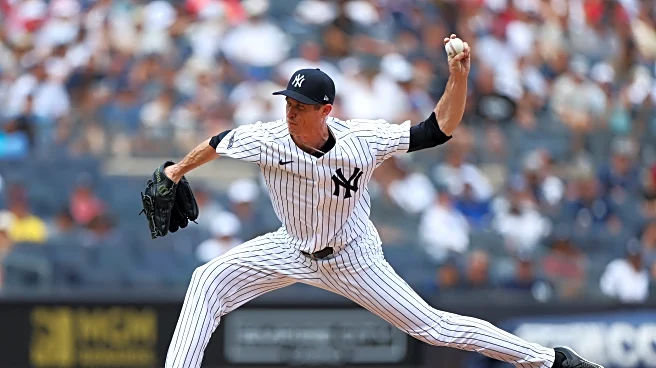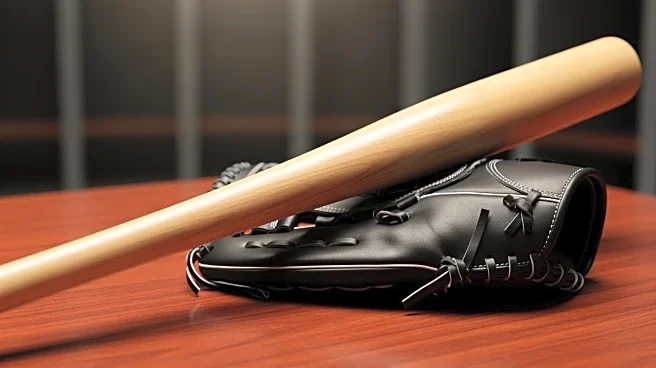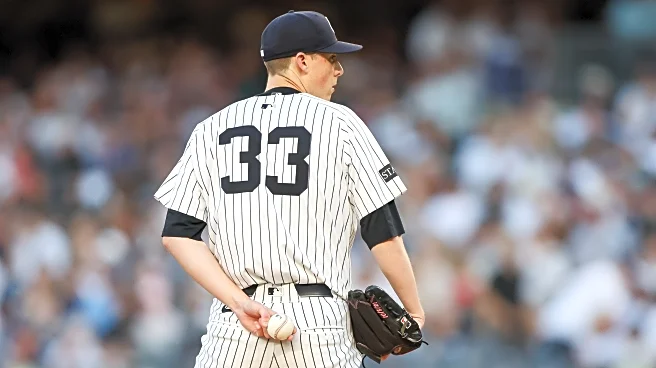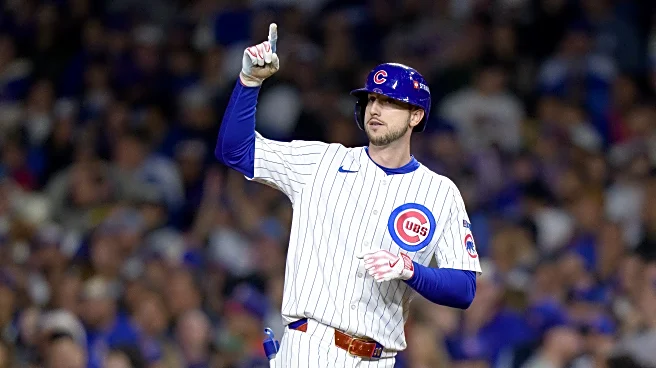After one of the biggest turnarounds among relievers in 2024, finding success with the Yankees in the second half of that campaign, Tim Hill signed a one-year contract to come back to the Bronx, with a team
option for 2026. Thankfully for the Yankees, Hill eventually proved that his outstanding beginning to his pinstriped career was no mirage. He delivered as one of the more consistent relievers in New York’s bullpen this past year.
Often, the key to success in baseball is properly understanding what it is you have to work with and using that information to extract the best out of every individual on your roster. Hill provides a very specific and easy-to-distinguish skill set. Knowing this, the Yankees managed to extract his best season in what is now an eight-year career in the big leagues.
Grade: B+
2025 Statistics: 70 appearances, 4-4, 67 IP, 3.09 ERA (132 ERA+), 4.30 FIP, 3.92 xFIP, 13.8% K%, 5.9% BB%, 0.0 fWAR
2026 Contract Status: Hill played this past season on a one-year deal worth $2.5 million. The Yankees already picked up his team option for 2026, worth $3 million following a successful campaign.
A funky, soft-tossing, groundball-specialist left-hander, Hill lived up to the billing with a season of aggressive splits that wasn’t more thoroughly punished because the Yankees did a good job of limiting his exposure to right-handers. Even with the challenges imposed by the three-batter minimum rule, Hill saw three more at-bats against lefty hitters (127) than right-handed ones (124) this year.
One of the adjustments Hill made since coming over to the Yankees was a basic one. The southpaw started to throw more sinkers, and as this graphic shows, that trend only increased in 2025.

Hitters have always had a tough time getting to that pitch and putting it in play in the air. Throwing it more often didn’t carry a negative effect, and it doesn’t matter that he can’t count on it much more for swing-and-miss action. That’s never going to be a big part of Hill’s game anyway, and the heavy dosage of grounders is far more important to his success.
A worrisome aspect of Hill’s season in comparison with his numbers in 2024 is that the long ball came into play more often, with his HR/9 jumping from 0.4 to 1.1, leading to worrisome peripherals. That home run rate in and of itself isn’t the most alarming, but for a pitcher with such a low strikeout rate, Hill doesn’t have the usual margin for error.
Ultimately, what allowed the left-hander’s numbers to remain quite productive was a particularly low BABIP that he’s been able to sustain ever since coming over in the middle of 2024. Infield defense is crucial for a pitcher like that, who induces so many groundballs, but even in other successful campaigns, Hill never quite reached the .240 BABIP level he had with the Yankees. If those numbers regress a bit, even to still a well-above-average mark, Hill might be in some trouble to sustain a similar level of run prevention.
After much was made of Aaron Boone not going to him in extra innings of Game 1 of the 2024 World Series, Hill did his part with 2.2 scoreless innings against the Toronto Blue Jays in the ALDS.
Looking ahead to 2026, while Brett Headrick showed encouraging signs in his cameo, the presence of Hill and Ryan Yarbrough as the two most notorious southpaws in the Yankees exposes a glaring absence of strikeout stuff from the left side. All the same, there was little to quibble over when they decided to pick up his $3 million option. At that price, he is a perfectly solid reliever.












